While "Braveheart" tells the tale of Scottish hero William Wallace, much of its powerful cinematography was captured on Irish soil. From Meath to Wicklow, Ireland stood in for medieval Scotland—and did so with breathtaking authenticity.
When "Braveheart" galloped onto screens in 1995, few viewers realized that the Scottish Highlands, moors, and castles were, in fact, mostly Irish. Director Mel Gibson and his production team filmed over 80% of the movie in Ireland, drawn by its dramatic scenery, experienced film crews, and tax incentives.
Here's a tour of the Irish locations that helped turn Braveheart into a cinematic legend:
Trim Castle, County Meath
In the movie: York City Gates and Streets
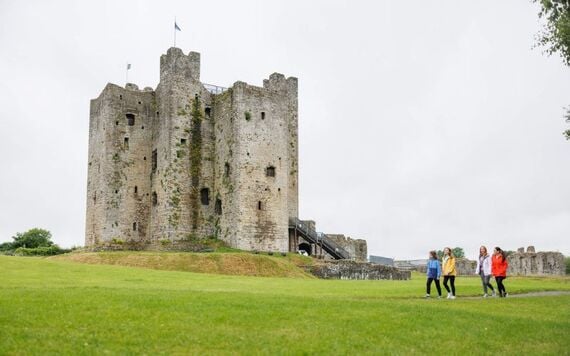
Trim Castle, County Meath.
Ireland’s largest Anglo-Norman castle, Trim Castle, served as the set for the walled city of York. The production team added wooden façades, balconies, and market scenes to bring medieval English streets to life.
Dating back to the 12th century, Trim Castle was built by Hugh de Lacy and sits along the River Boyne. Its robust walls and strategic layout made it an ideal stand-in for a fortified English city. Today, it’s one of the most iconic filming locations in Ireland and a must-visit for Braveheart fans.
Fun Fact: During filming, the production covered modern features like telephone poles with straw to maintain historical accuracy in wide shots.
Read more
The Curragh, County Kildare
In the movie: The Battle of Stirling Bridge
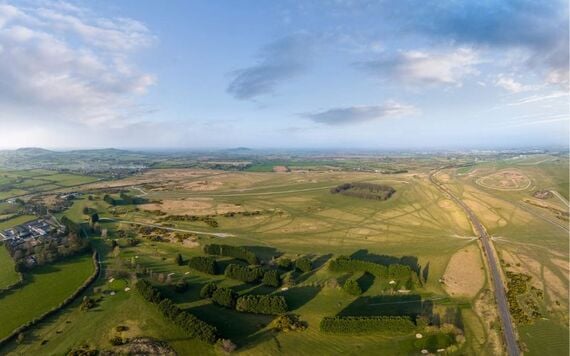
The Curragh, County Kildare.
The sweeping plains of The Curragh were the backdrop for one of the film’s most iconic moments: the Battle of Stirling Bridge (ironically, without the bridge). The flat, open terrain allowed for intricate battle choreography involving hundreds of extras, many of whom were real-life members of the Irish Defence Forces.
The Curragh is Ireland’s largest expanse of unenclosed lowland grassland, long associated with horse racing and military training. Its wide horizons and historic atmosphere gave the battle scenes a gritty, expansive feel.
Did you know...? To create a more authentic army, the production team trained Irish soldiers to act as both English and Scottish troops—switching uniforms depending on the camera angle.
Ballymore Eustace, County Kildare
In the movie: Wallace’s Village
The charming village of Ballymore Eustace became Wallace’s boyhood home in the film. Its rustic cottages, forest surrounds, and nearby river gave the film a believable rural setting for Wallace’s early years and tragic romance.
Though modest in size, Ballymore Eustace has deep historical roots, including associations with ancient Gaelic clans and Norman settlers. Its use in "Braveheart" helped preserve the sense of authentic Irish village life on screen.
Interesting tidbit: Locals were employed to act as extras and help with animal handling, adding to the organic feel of the village scenes.
Blessington Lakes, County Wicklow
In the movie: Highland Landscapes and Camps
Blessington Lakes, County Wicklow.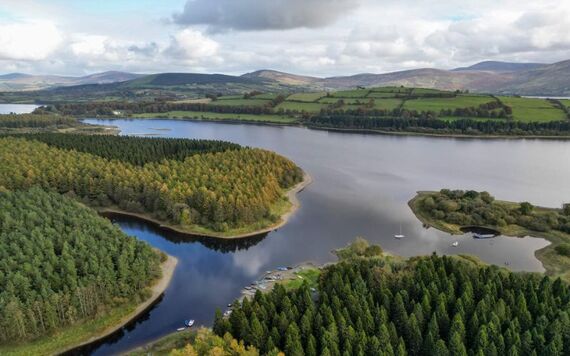
For scenes requiring dramatic highland scenery and tranquil lakeside camps, the Blessington Lakes provided a perfect setting. These man-made lakes, created in the 1940s by damming the River Liffey, are surrounded by the Wicklow Mountains and exude a wild, untouched beauty.
The lakes doubled as Scottish lochs, and the surrounding woodland was used for Wallace’s secret rendezvous and rebel hideouts. Their reflection-rich waters and misty backdrops added to the movie’s haunting visual tone.
Behind the scenes: Early morning filming was often needed to catch the soft mist rising off the water—adding a natural cinematic filter to the shots.
Sally Gap, County Wicklow
In the movie: Horseback Escapes and Highlands
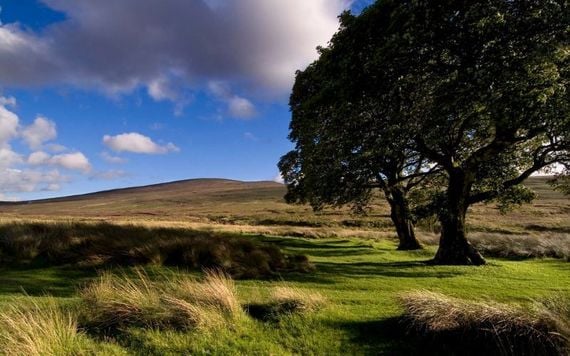
Sally Gap, Wicklow.
Another gem from Wicklow, the Sally Gap road runs through some of Ireland’s most breathtaking scenery, including peat bogs, heather-covered hills, and steep valleys. This area was used for multiple sequences of Wallace and his men fleeing from English soldiers on horseback.
The Sally Gap, with its high-altitude roads and panoramic views, convincingly mimicked the Scottish Highlands. It's a favorite among filmmakers and photographers to this day.
Trivia: The rugged terrain posed challenges for the horses, requiring special routes and handlers during filming.
Read more
Dunsany and Slane, County Meath
In the movie: English encampments
Hill of Slane, County Meath.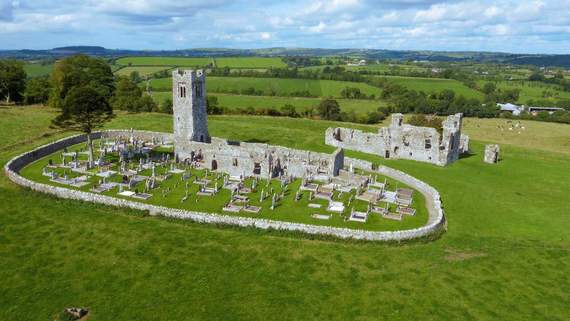
The countryside around Dunsany Castle and Slane was used for various English military encampments. The historic fields and gentle hills created the perfect setting for campsites and moving armies.
Dunsany Castle, still owned by descendants of the original Anglo-Norman family, is one of the oldest continuously inhabited houses in Ireland. Though it doesn’t appear prominently in the film, the lands around it were ideal for staging large-scale troop movements.
Historic echoes: Slane, already famous for its ancient Hill of Slane and ties to St. Patrick, added another layer of mystique to "Braveheart’s" epic story.
Ardmore Studios, County Wicklow
In the movie: Interiors and controlled shots
While much of the movie was filmed outdoors, key interior scenes—like castle interiors and torture sequences—were shot at Ardmore Studios in Bray, County Wicklow.
Founded in 1958, Ardmore is Ireland’s oldest and most prestigious film studio, used in productions from Excalibur to The Tudors. For Braveheart, it provided the controlled environment needed for emotionally intense scenes and complex sets.
Production note: Several miniature sets were also built at Ardmore to recreate cities like London and Edinburgh from an aerial perspective.
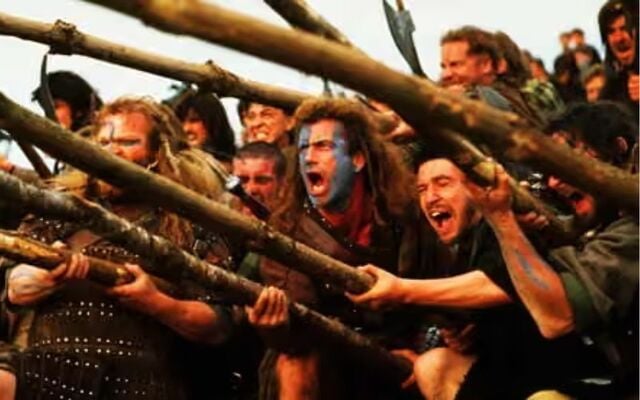
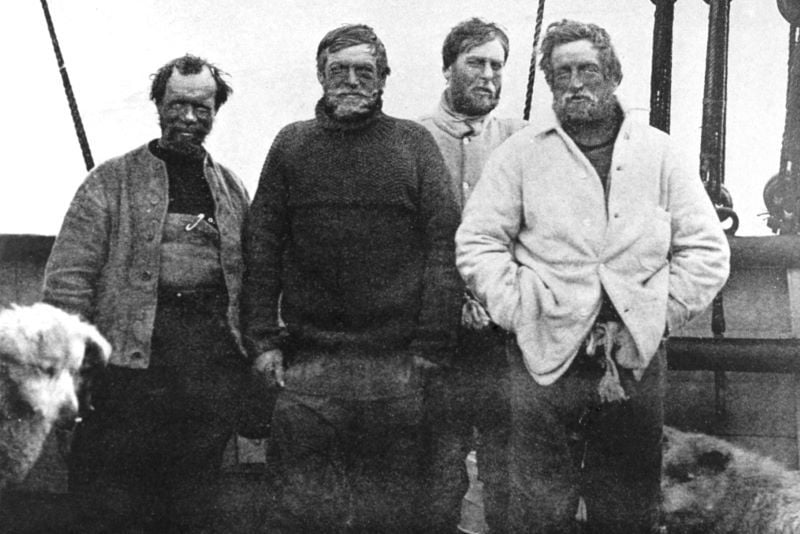
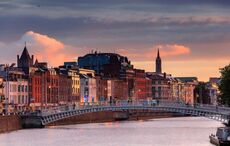

Comments